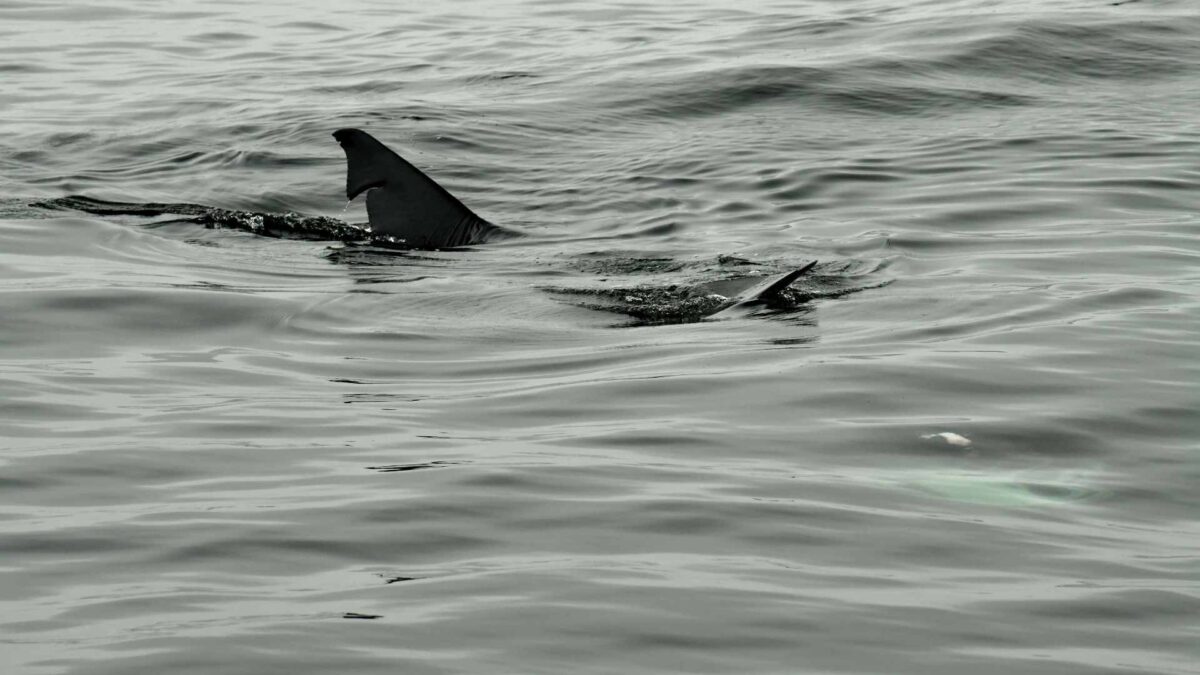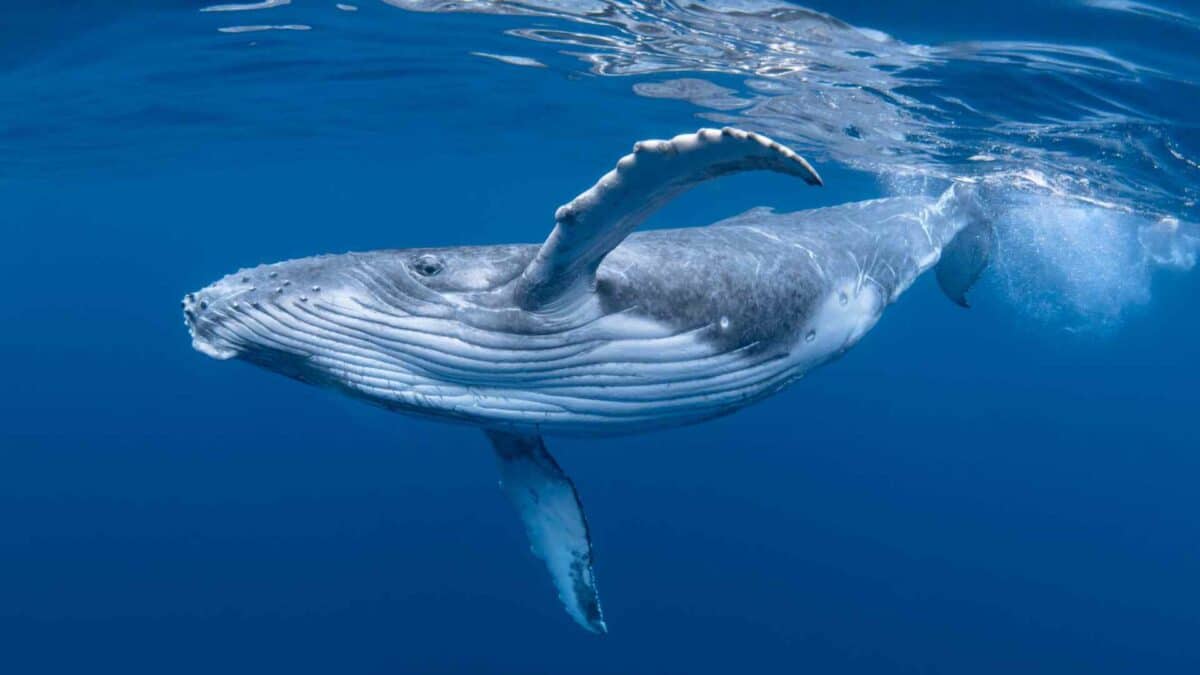
Basking Shark Numbers Down Nearly 50% After Record 2024

After last year’s record-breaking basking shark season, sightings have fallen sharply in 2025.
The Irish Whale and Dolphin Group (IWDG) has confirmed 186 validated reports of basking sharks so far this year, down 48 per cent from 357 in 2024. While the year is not over, the basking shark season has largely ended, and numbers are unlikely to change significantly.
Despite the decline, the IWDG says 2025 still represents a strong season for the species, ranking fourth over the past 20 years. Most sightings occurred between March and May along the Celtic Sea and the west coast, followed by a drop in June and July. An increase in courtship-related “torus” activity was recorded later in the summer, particularly along the Clare coast.
One of the largest gatherings occurred on April 11th between Turbot Island and Inishturk, where between 70 and 150 sharks were counted. Another major sighting involved about 100 sharks off the Bridges of Ross in Co Clare on August 11th and up to 60 near Loop Head three days later. Drone footage allowed researchers to identify sub-surface sharks that would otherwise have gone unnoticed.
The International Basking Shark Conference, hosted in Galway in late August by the Irish Basking Shark Group and supported by IWDG, highlighted the growing importance of Irish waters for the species. Researchers noted that traditional basking shark hotspots such as the Isle of Man, the Hebrides and Cornwall have recorded major declines in recent years.
While shark numbers remain healthy by long-term standards, whale and dolphin sightings are also down. According to IWDG data, cetacean reports have dropped by 21 per cent so far in 2025. Humpback sightings are down 20 per cent, minke whale records are down 16 per cent, while fin whales appear stable.

The group said the fall cannot be fully explained by the retirement of its reporting app earlier this year, as sightings through its website remain steady. Weather conditions during the summer were also not poor enough to justify such a reduction, it said.
More significantly, the distribution of whales appears to have shifted. For the third year running, Donegal Bay has recorded record numbers of fin and humpback whales, accounting for over 40 per cent of national sightings of each species. Many of these whales had previously been photographed in west Cork and Kerry, suggesting a northward movement away from traditional feeding grounds.
Observers in west Cork, including IWDG members and local sailors, have reported a noticeable absence of whales in recent months. A recent watch at the Old Head of Kinsale, once regarded as one of Ireland’s top whale-watching locations, produced no whale sightings over a 100-minute period in ideal conditions. Only common dolphins and bluefin tuna were observed.
The IWDG says the changes cannot yet be directly linked to climate change. It is investigating whether shifts in pelagic fish populations or fishing pressures may be affecting whale feeding behaviour.
The group is continuing to collect reports and photo evidence through its website as it prepares to launch a new Progressive Web App to replace its former mobile platform.
Share this WeathÉire story:







